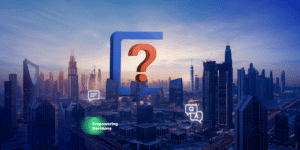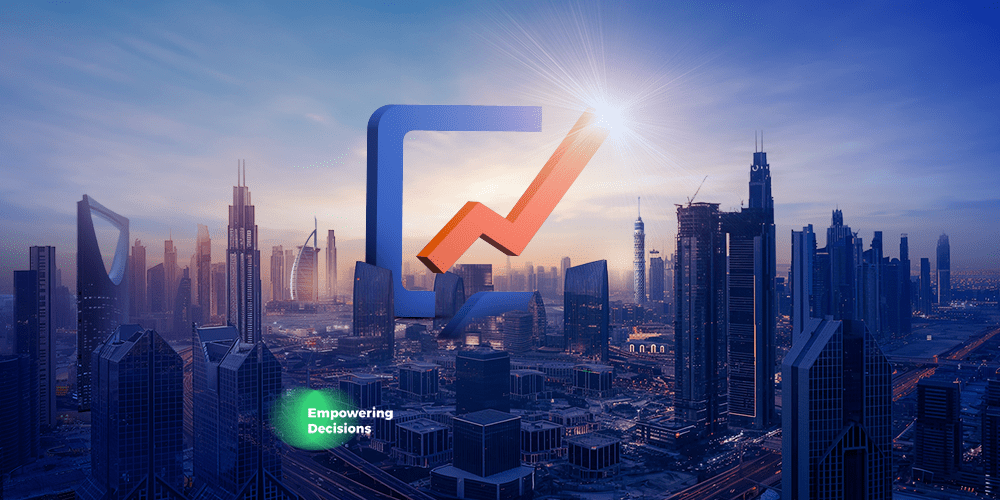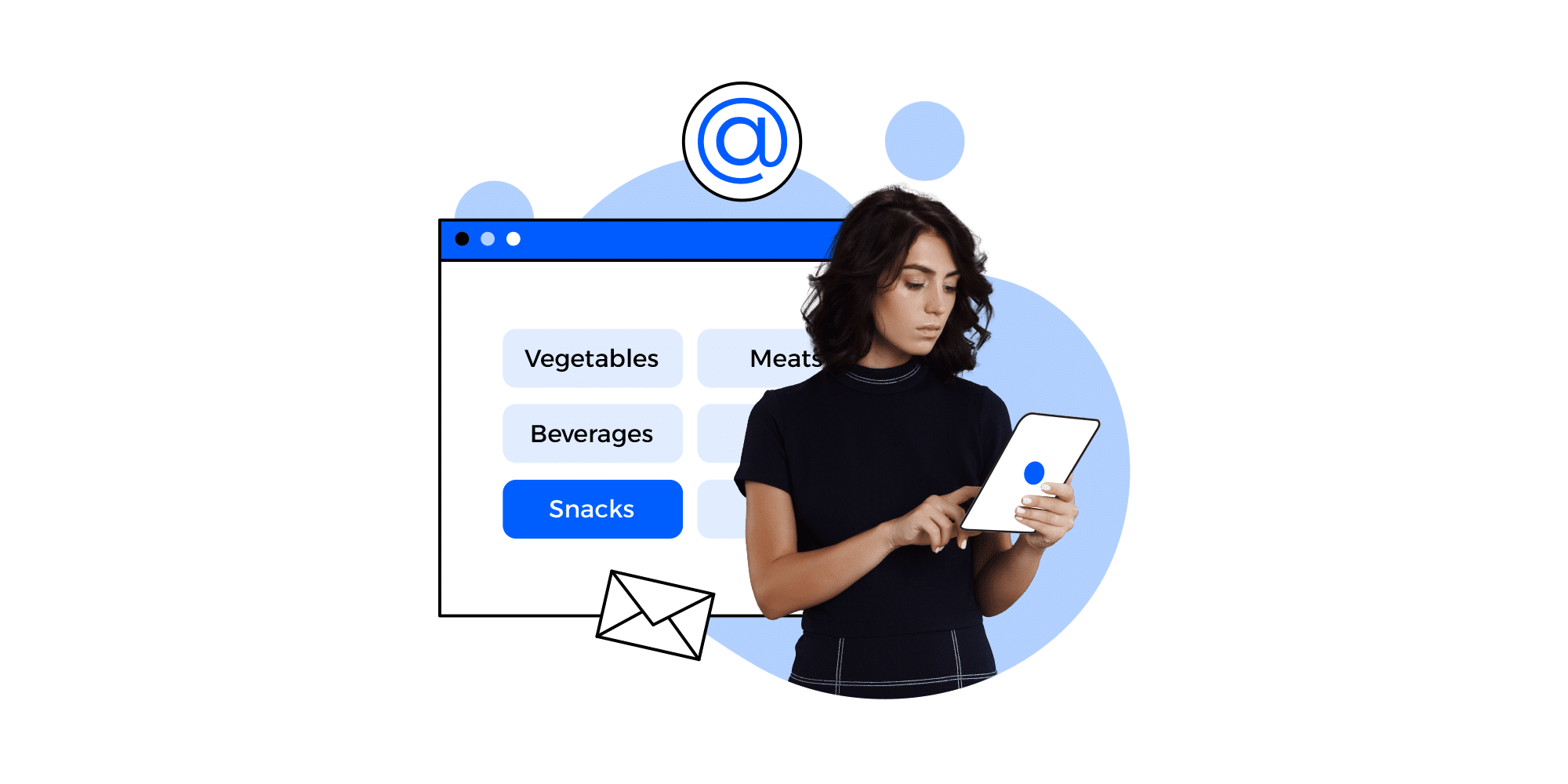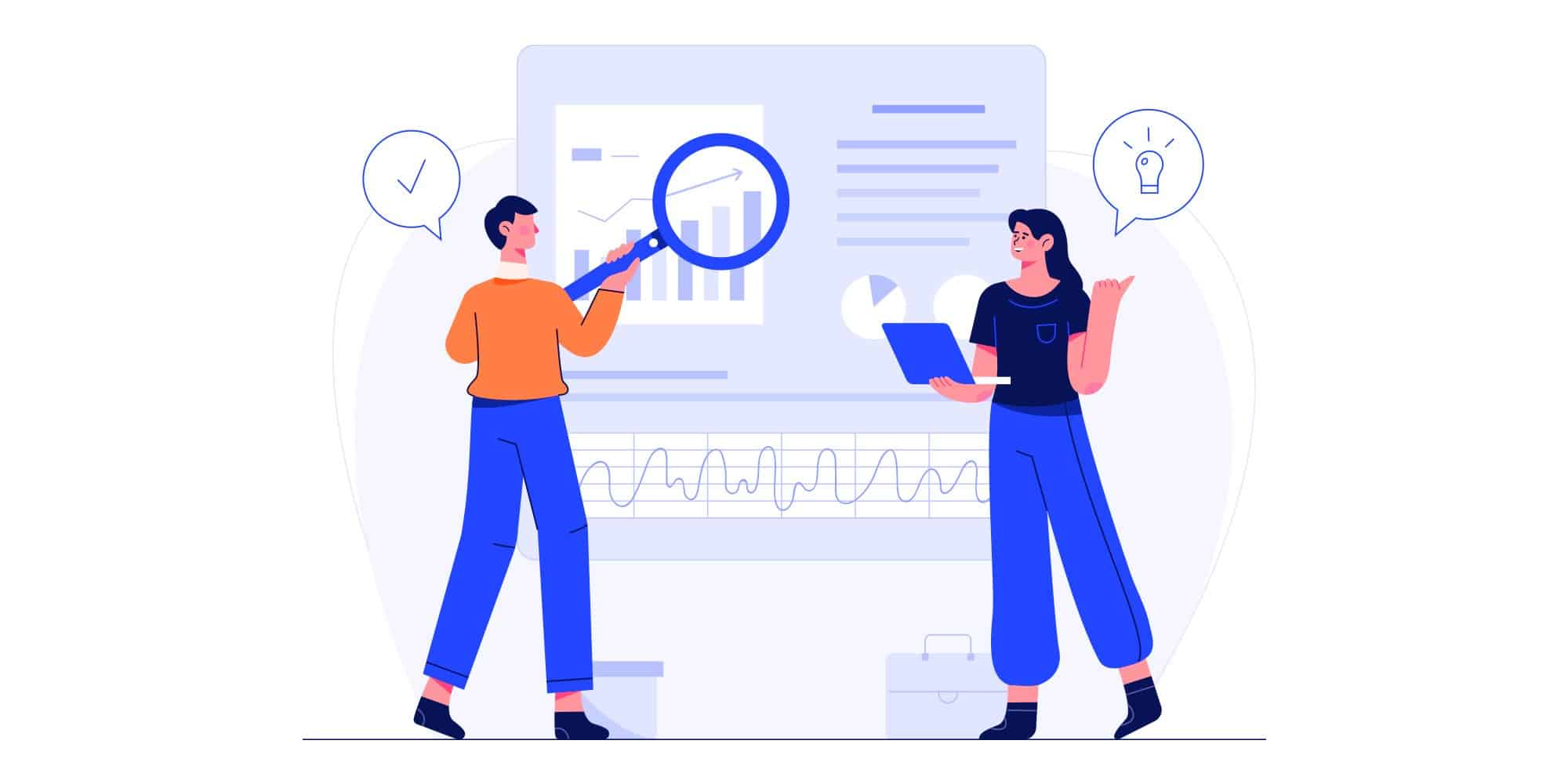For the past couple of years, while marketers were too involved trying to figure out how to use social media and understand the way they can use it to make the most out of the audiences on these platforms, other marketers were actually getting more acquainted with the actual value of their social media marketing practices to ensure better results for their investment.
Unfortunately, many companies still rely on traffic as their main indication for success. Although this might be true in a few industries, it is generally not that simple. Maybe it was the case years ago, or for emerging social media pages, but it’s not anymore the rule.
First, let’s understand what traffic is …
Traffic is the number of people interacting in what forms a buzz. The larger the buzz successful the brand or the post is; that was the misconception that most of marketers relied on in order to measure their brand’s success by the metric that is the size of the buzz. This need to verify success is beyond outdated now!
If traffic is not the right metric, what it?
There is not one metric that you can rely on to measure the success of a social media post or a page. It’s all about a combination of things that are related to a brand’s industry, position (market share), and goals and objectives.
However, there are several generic indications that should tell you more about your brand’s online presence. Here are a few indicators that the size of the buzz and traffic isn’t always good.
1) Viral can be negative
Although, traditionally, marketers believe in the “Negative PR is still PR”, it is not the case in the age of digital marketing and social media. Online users are exposed to many products and brands, and they have developed an immunity towards improper marketing or wrong messages. Many of them would actually take action and simply boycott brands. If increasing sales isn’t an objective, what is?
As a matter of fact, some users would launch campaigns to create a negative buzz targeting brands that do not pay attention to please their customers. For example, in Saudi Arabia, many brands had advertisements targeting Saudis, and displaying Saudi nationals, but using non-Saudi actors and actresses. Online users were furious about the culturally inappropriate content. The boycott campaign targeted large enterprises that were affected severely.
2) What are online users saying?
In order to understand the inquiries and the demands of online users, you need to constantly monitor what people are saying about your brand. You need to be alerted whenever an unusual increase in your mentions takes place. When such a thing happens, you will need to have a huge team of manual analyzers of the content published on social media platforms. You may need some who understand different dialects and languages. Regardless of how you decide to do it, you need to know the substance of the user-generated content.
Do you have a monitoring team?
What do we mean? We mean that your company may be investing a lot of time and money to hire a large team of analysts who are specialized in reading people’s content and transforming it into useful insights for your business. But are you getting the expected ROI? Is this team working 24/7? How much is this team costing your company? Can’t your company make a better use if they invest their time on something else? Can your team spot the negative content?
Can your team spot the negative content?
Of course they can! After all, they are reading and understanding the content. However, there are a few downfalls that make manual negative content spotting a bit useless. Here are a few!
1) They aren’t monitoring in Real-Time
They definitely aren’t. If your company launched a campaign and it received millions of comments and mentions, your team will definitely delay the analysis of content and even won’t cover the whole buzz. The insights your company will get, will be a week or two late, and that’s the best case scenario.
2) They don’t get all the mentions
When the buzz is huge, no matter who refined their search and monitoring is, there are often variations keywords online users could have used and you team missed. We all know by now that the minority of online users utilize related hashtags and tag brands and products. The majority just mentions the name of the products and the brand without tagging.
3) They aren’t always accurate
When there is a lot of content, you don’t expect the focus span of your team to last for a very long time and still maintain accuracy. That’s what we refer to as human error.
An automated tool will do the job!
In order to get over all of the issues mentioned earlier, you need a tool to do the job. Social media listening tools will guarantee that your brand is monitored 24/7, it will alert you when an unusual activity takes place, instantly. It will also provide a real-time analysis of your buzz. You will only need to log in, look at the dashboard, or download a comprehensive report of the buzz, right away.
Crowd Analyzer, proudly provides the highest accuracy rate of Arabic sentiment analysis, covering proper Arabic, Gulf Arabic, and Egyptian Arabic content. It sound’s simple, right? Try requesting a demo here to know more about how your business can benefit from social media listening!
























